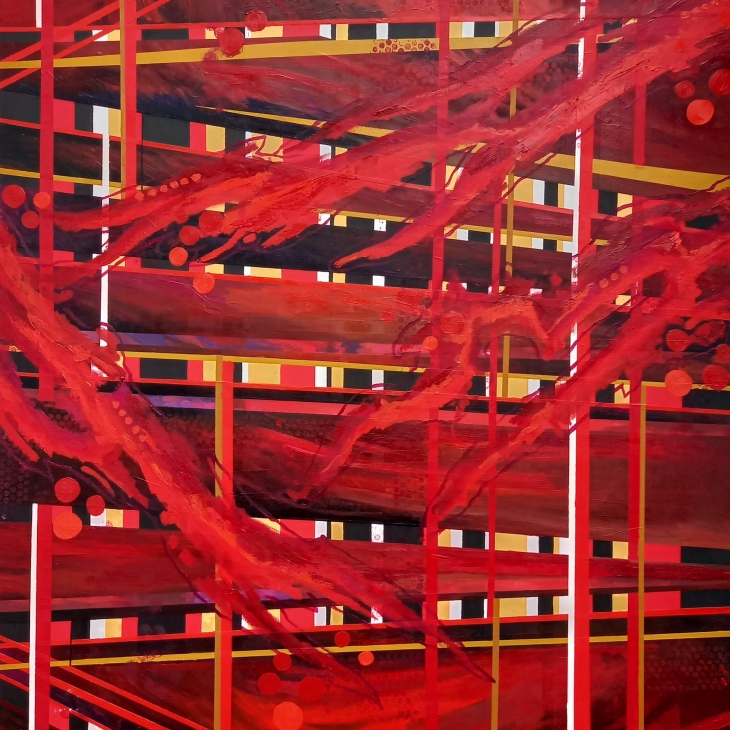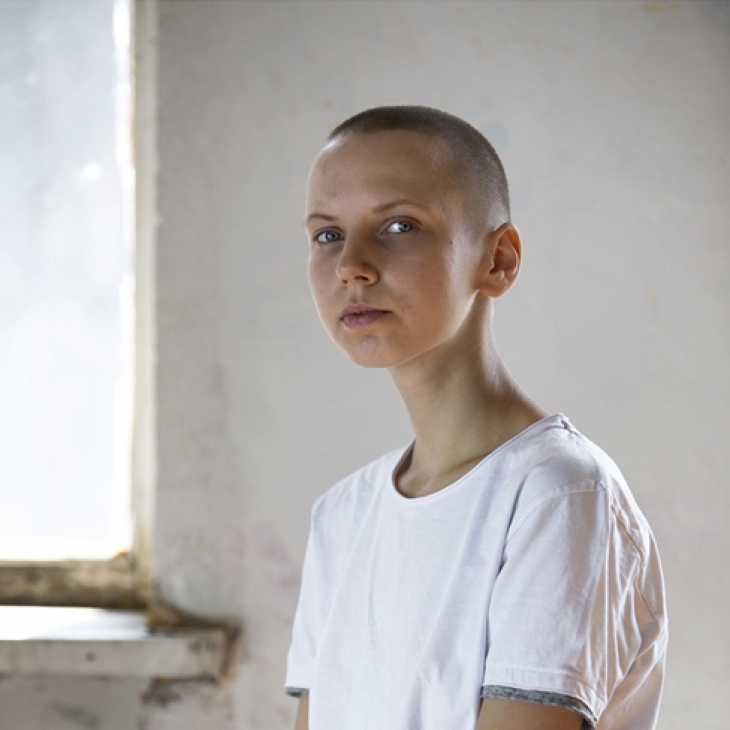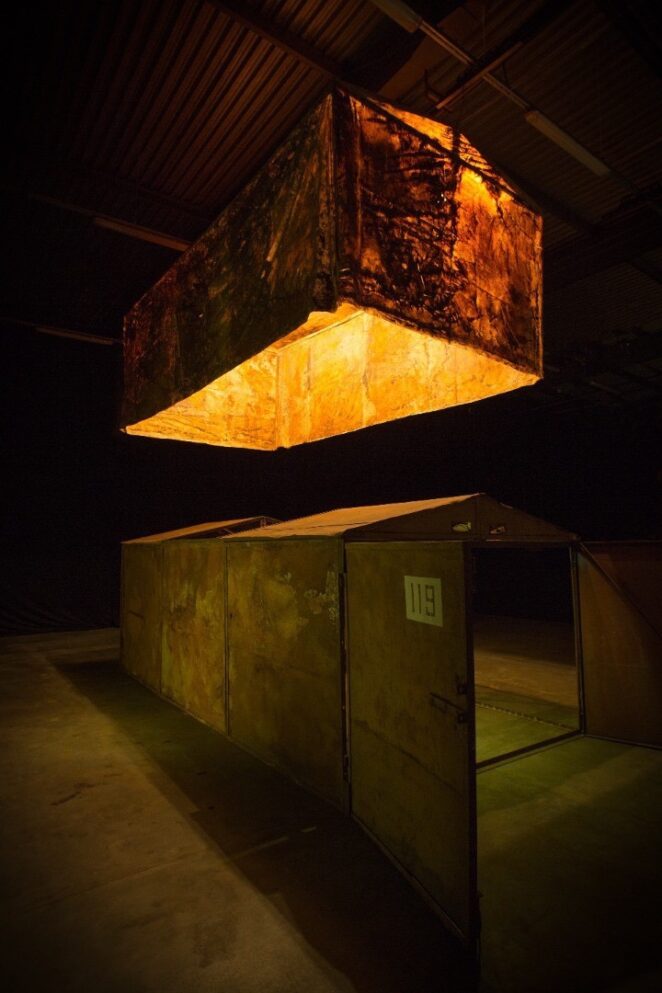(2) items in your cart

Price: €2850

Meta, rust, fabric, video – audio
GARAGE 119 Laura Aizporiete.
The war in the territory of Ukraine prevented me from attending Grandfather Mikhail’s funeral in Alchevsk in the self-proclaimed People’s Republic of Luhansk.
So I decided to create a memorial GARAGE 119 to say goodbye to him.
Cyclical, or rather cynical, is the fact that he was born in 1940 in one war and died in 2022 in another, having lived under three different flags. Grandfather worked all his life as a driver, his garage was his temple, and to me his driving skills – supernatural.
Remembrance, unlike memory, is an act of will in which memory participates. Remembrance must be established and created. However, remembrance, unlike memory, is an action-oriented process, and it is not just a simple reflection of the past. Remembrance no longer has an individual character, it is essentially collective. Anthropologist Aleida Asmane emphasizes that the memory of the dead is the oldest form of collective memory.
The installation “GARAGE 119” includes a set of symbols that both directly and metaphorically look at and depict the author’s Grandfather both as an individual and as a representative of a certain social space. It consists of a rusty metal garage from the Soviet era, which, similar to the human body, which ages becomes incomplete and inevitably shows signs of aging, missing sidewall panels, giving a visual impression of “decaying”.
A “levitating” fabric garage is placed above the metal garage, which is covered with an imprint of the rust of the metal garage superstructure, which, transferred to the fabric, is imbued with the cultural heritage that the walls of this garage have preserved in themselves as Grandfather’s memories. Unlike a metal garage, a fabric garage is complete and enclosed. This, in turn, is based on cinematic references to spirits emerging from the wounded bodies of the dead, complete and intact in their form.
Inside the metal garage, car number plates are placed at the appropriate height, chronologically corresponding to successive political processes, in which the author’s Grandfather was present. In contrast, the car itself is missing, symbolically embodying the departed Grandfather himself. In addition to a moving photograph, a static video taken by the author during her last visit (February 2022) can be viewed with a sound track that presents a short biography of the Grandfather.
The central binder of the work is rust – reddish iron oxide, which is formed as a result of iron corrosion, in the reaction between iron and oxygen, in the presence of water or air humidity. Its presence is usually undesirable, especially for car owners. It is fragile and its formation weakens the metal and accelerates the ageing of iron. An important role is given to the chosen architectural structure, which as a physical and ubiquitous symbol denotes the social and cultural space, as well as reflects the geopolitical processes related to the appearance of these symbols in the Soviet Union – technological development, the transition from collectivism to individualism, etc.
Through this installation – a monument, the author’s Grandfather’s belonging to a cultural phenomenon that arose within the Soviet Union is studied and depicted, history is questioned, looking back at the tradition that flourished in the Soviet period, when existing in a closed territory outside the logic of the market economy, people were forced to learn various practical skills. Similarly, this exhibition can be looked at as a platform for family studies, where the different creative and communication practices of men and women take root – the garage as a refuge, as a fortress. By studying the peculiarities of a specific cultural space, the author managed to see Grandfather in a completely different light.
“In russia, it is laughed that the car gives joy to the owner twice – when it is bought and when it is sold. All In between is seen as pure torture.”
This installation is designed as a monument primarily to my Grandfather, but indirectly to all “Grandfathers Schumacher’s” who have died as a result of the russian federation’s invasion, whether they have fallen as a result of direct warfare or the inevitable deterioration in their quality of life.
